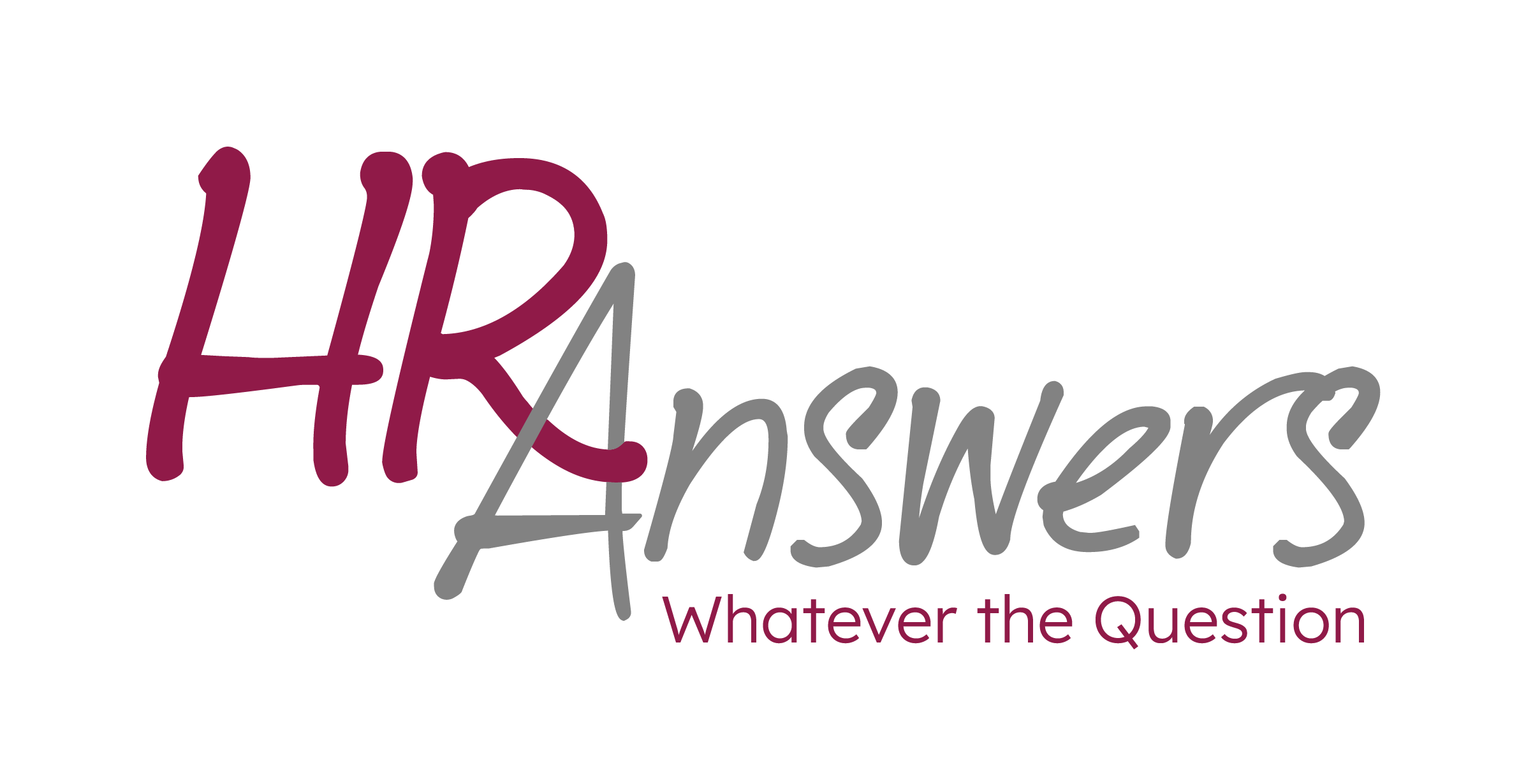SHRM Impresses at National Convention: Great Takeaways
Several weeks ago, I had the great privilege of attending the SHRM National Convention in Chicago with 26,000 HR peers. This is always a remarkable opportunity for a variety of reasons. Notably, this conference provides a unique opportunity to meet and learn from HR Professionals and industry leaders from around the globe on a wide variety of HR-related topics, a wonderful networking occasion, and to take part in an event where I can bring back information and trends impacting HR and employers to our staff and you.
There was so much information to process with over 500 sessions to choose from. Here are some key highlights:
We heard from Al Roker on opening night who stepped in when the scheduled speaker cancelled. Now, this created a great deal of conversation about honoring commitments. And while it was disappointing for many, stuff happens. We’re in HR where we help organizations lead through change. Those of us who are BIG Al Roker fans found him to be hysterical with some really great insights and friendly reminders about working with others.
SHRM’s own CEO Johnny C. Taylor, Jr., shared his concern that a “storm is coming for HR, and we need to be prepared to run toward and lead our organizations through the changes”. These included AI in our workplace and remembering that you cannot have or use AI without HI – human innovation and intelligence. He noted that in the next 10 years, more than 1 billion jobs will be transformed by technology, with a McKinsey & Company report finding that as much as 30% of the workforce could be jobless in seven years because of AI. And only 12% of HR professionals think their organization is using the technology effectively.
Johnny referenced the skills gap in our country. As an organization that provides training, we cannot emphasize enough that the skills gap is ever present. This is something many of us are well aware of and are struggling with in our workplaces. The skills gap is stressing “our competitiveness, economy, our communities and our families,” Taylor said. Organizations should stop overemphasizing traditional college pathways and instead put more focus on other forms of education, such as vocational training, apprenticeships, and continued reskilling opportunities for workers, he said. With our work providing supervisory training, it is our belief that managers need to get really comfortable with the notion that they will be spending more of their time doing on-the-job training with new employees and getting them up-to-speed to do many of the jobs we need based on this skills gap.
It is important to keep some key items in mind. Individuals don’t know what they don’t know or have not had any experience with. With the wide rage of ages in our workplace it is easy to assume that people know what you know or have experienced what you have been through. Well, they simply have not. It is not as simple as a” generational” thing. We need to ensure each employee understands our processes, procedures, and expectations.
Another key message was that of civility. Mr. Taylor referenced SHRM’s new Civility Index—which gauges how often people say they have experienced or witnessed uncivil behavior. It is not surprising that the findings support that incivility is plaguing the workplace. While the overall sampling may have been small (and maybe only the tip of the iceberg) the numbers are staggering:
- U.S. workers witness more than 171M instances of incivility every day (that is 7M acts of incivility per hour and 120K acts per minute).
- Almost 40% of those incidents happen at work, of which 44% involve coworkers.
- Only 25% of workers believe their managers can handle incivility at work (again supporting that supervisory training is a necessity).
Taylor called on HR and other workplace leaders to practice civil conversations. (SHRM is engaging businesses and individuals to be catalysts for civility through its “1 Million Civil Conversations” campaign.) Engaging in open and civil dialogue can bridge divides and build understanding—not only to create stronger workplaces, but also to promote the betterment of society, he said. As trainers we believe the goal here is a strong one of listening to learn and that we can ALWAYS learn from others. This would encourage us to be growth-minded and build a foundation within our organizations focusing on inclusion and belonging. This also ties in nicely with August being National Civility Month.
Other topics that HR Professionals need to pay attention to on the horizon (and for some of us we are) include overtime rules (which took effect July 1, 2024) along with pay equity and pay transparency as they will continue to grow in practice, policy, and employee expectation.
Employee mental health and well-being continues to make the top 10 list with understanding and identifying the symptoms and strategies to reduce employee burnout (perhaps by redesigning work). This also includes educating all employees around the impact of emotional intelligence and the value of trust and empathy needed from our leaders (actually from everyone at all levels). Included in this circle of activity is improved and healthy communication and conflict resolution with functional forgiveness (thank you John Baldino) and wrapping that up in a bow with an imperative as my friend Steve Brown says, “be human… to be people-centric in our roles as HR”.
In addition, organizational culture found its way into many session topics. Whether that was reinforcing a positive culture or the state of employee engagement and understanding employee motivators in building the kind of culture you want there was a little something for everyone to take back and discuss among their teams and explore what they are doing and what could be done going forward.
Finally, one of the best moments of the conference was the closing session with Sherri Shepherd. Her messages were clear: Listen to your intuition, Laughter and leadership – resilience through adversity and when faced with fear, “do it scared.” Many of the attendees commented that they could have listened to her for hours. Not only was she funny, but her message also resonated. When people are talking about “your message” days later you know you made an impact!
We hope to have the chance to attend a SHRM conference in the future and it just so happens next year will be in San Diego, CA June 29 – July 2, 2025. That’s just in our backyard for those of us in Oregon.




